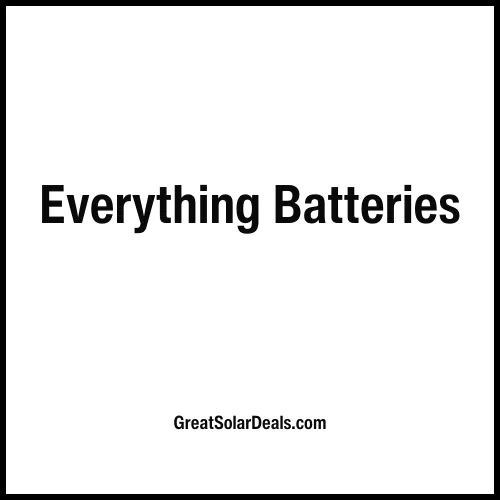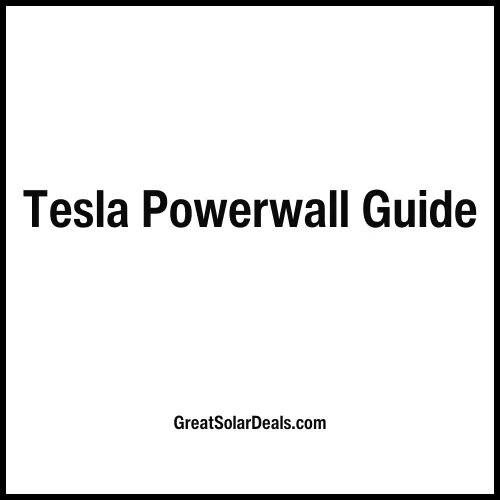Your Guide For Solar In 2025

Once reserved for climate-conscious homeowners willing to shell out a pretty penny, solar panels now cover the rooftops of millions of U.S. homes. Why'd they become so popular? They're good for the planet––and they're good for your wallet.The cost of solar has come down significantly over the past decade, while electricity prices have skyrocketed. Most homeowners even qualify for major incentives, like the federal tax credit, making solar a no-brainer. Solar's gone mainstream. We'll help you decide if it's right for you.
Why go solar?
Homeowners go solar for all sorts of reasons. Solar panels reduce your energy bills, minimize your carbon footprint, lower reliance on foreign oil, and increase your independence from your utility. They even increase the value of your home by about 4% on average, based on multiple studies.
Home solar isn't cheap: If you pay for it upfront, you'll spend about $40,000 on average before incentives. But the federal tax credit cuts this price by 30%, down to around $28,000, as long as you have a big enough federal tax bill. Some states, towns, and utility companies even offer additional incentives and rebates. And over 25 years, you'll likely save anywhere from $28,000 to $120,000 on electricity.
What's included in a solar installation?
A lot more goes into a solar panel system than the panels themselves. Here's a quick list of the equipment you get when you go solar:
Solar panels: Capture energy from the sun
Inverter(s):Converts solar energy into energy that your home can use
Racking equipment: Mounts solar panels to your roof
Monitoring equipment:Tracks the amount of energy your solar panels generate
Solar battery (optional):Stores excess electricity for use later on.
Should you get a battery?
Batteries aren't for everyone. If you have access to net metering, the utility grid essentially acts like a battery, "banking" excess electricity for use later on––this means a battery won't save you much money. But states are quickly dropping net metering policies, making batteries more attractive to many homeowners. And if you frequently experience power outages, batteries are often worth it for the convenience they provide: You can't power your home during an outage with solar panels alone.
Are you a good fit for home solar?
Your home doesn't have to be a perfect fit for solar for you to benefit from it. Many homeowners can save money with the right installation, but if you meet the following criteria, investing in solar will probably work for you.
1. You own your property
It's easiest to go solar if you own your home. If you're a renter or you're part of an HOA, solar can still be worth it, but you need to check with the property owner or homeowners association before making concrete plans.
2. You pay a lot for electricity, or solar's pretty cheap
Batteries aren't for everyone. If you have access to net metering, the utility grid essentially acts like a battery, "banking" excess electricity for use later on The higher your monthly electricity bill, the faster you'll save money with your new solar system. But if solar doesn't cost too much where you live, it can still make sense even if your electricity bill is relatively low. Wouldn't it be nice to pay nothing for electricity every month?––this means a battery won't save you much money. But states are quickly dropping net metering policies, making batteries more attractive to many homeowners. And if you frequently experience power outages, batteries are often worth it for the convenience they provide: You can't power your home during an outage with solar panels alone.
3. You have the right roof for solar
You don't need to live somewhere where the sun is always shining for solar to be worth it, but you do need a suitable roof. The ideal roof for solar is south-facing, has a slope between 30 and 45 degrees, has plenty of open space, experiences minimal shading throughout the day, and is in good condition. Even if you have an east or west-facing roof, you can still go solar and expect big savings.
4. You can take advantage of incentives
The cost of solar panels largely depends on the value of incentives you can access, which varies based on where you live and the size of your tax bill. If you live in a state with net metering and you have a big enough tax bill to take advantage of the solar tax credit, you'll break even on your solar investment pretty quickly.
How to go solar: Five simple steps
You've decided you're a good fit for solar and are ready to move forward. Where do you start? Going solar can feel overwhelming, so we've broken down the process into five easily actionable steps:
1. Get (multiple) quotes
The best way to get a great deal on your solar panel system is to compare quotes based on cost, equipment, and installer reputation. Historically, many solar shoppers only received one solar quote from a door-to-door salesperson or a cold call. But how can you feel confident in your solar decision if you only see one quote?
The free GreatSolarDeals.com Marketplace makes it easy by gathering custom solar quotes for you from our network of pre-screened installers. On average, solar shoppers who receive quotes on GreatSolarDeals.com pay 20% less for their solar systems than those who don't.
2. Choose an installer
Once you have multiple quotes to compare, it's time to choose the best installer. Greatsolardeals.com's mission is to help you choose with confidence. Our team of expert Energy Advisors can walk you through your quotes (even if you didn't get them through GreatSolarDeals.com) and answer all your questions so you can pick the system that meets your needs at the right price.
When you've selected an installer, you'll need to sign a contract. Thoroughly review it first for details on costs, incentives, equipment, cancellation terms, and clauses.
3. Decide how to pay for your system
After picking an installer, you'll need to decide how to pay for your system. Generally, we recommend paying with cash for the best long-term savings or a loan if you want to start saving immediately.
Upfront with cash: Paying for your solar system with cash is the best way to maximize your long-term savings. You won't owe any interest or be subject to origination, dealer, or closing costs (which can add up!). But it can be tough to put down that much money upfront.
Solar loan: Most homeowners choose to finance their solar panel systems with a solar loan. You'll still qualify for incentives, and you could start saving on day one if your monthly loan payments are less than your previous electric bills. Your savings will be lower than if you pay with cash, but using a solar loan makes it much easier for most people to go solar.
Solar lease or PPA: With a solar lease or PPA, you don't own your system, so you don't qualify for some of the best solar incentives. With a solar lease, you pay a fixed monthly lease payment, whereas with a PPA, you agree to purchase the power generated by your system at a set price per kilowatt-hour (kWh). Your savings will be the lowest with a lease or PPA. They can also make it difficult to sell your home if the new owner doesn't want to take over the payments.
4. Schedule a site visit
As a final check, you'll next need to schedule a site visit with your installer to ensure the solar panel system you're purchasing is suitable for your home. During this step, an engineer (not a salesperson) will check your roof and electrical panel to decide if they need any updates before you go solar. Site visits can often be conducted in person or virtually.
5. Prepare for your installation
You've done all the hard work on your end! Now it's time to watch it pay off with a brand new solar panel system. Before installation day, your solar company will begin submitting the paperwork required for installation, interconnection to the grid, and any available incentives.
On the day of your installation, you can expect about five to 10 employees of your installation company to be onsite. The crew will include certified electricians and installers who will be up on your roof attaching the panels. Depending on the size and scope of your installation, it will likely take about one to three days to complete.
Following your installation, you'll need permission to operate (PTO) from your utility before your installer can turn on your system, which can take anywhere from a few weeks to a few months. As part of PTO, your utility company will likely send a representative to your house to examine your system and install or update your meter so they can track the solar energy you send to the grid.
Once PTO is complete, you'll receive official documentation to turn your solar panel system on for electricity generation!






